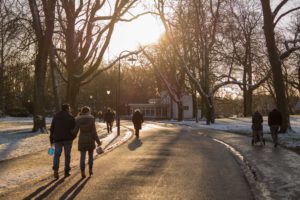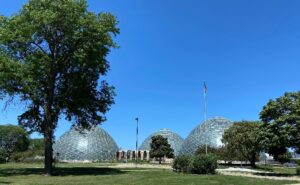
Mitchell Park Domes. Credit: WDNR
Wisconsin DNR urban forest assessment specialist Dan Buckler had been monitoring weather forecasts for a month, waiting for just the right blisteringly hot day to launch a much-anticipated Milwaukee heat island mapping project. He’d been laser-focused on getting the one-day blitz in the books, and July 21 turned out to be go time.
The urban heat island effect explains the phenomenon that densely developed urban spaces are warmer than outlying places due to man-made surfaces (such as asphalt) absorbing and reradiating heat through the day and night. Trees are one method of reducing urban temperatures by providing shade and by putting more water vapor into the air via evapotranspiration.

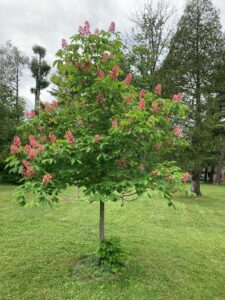
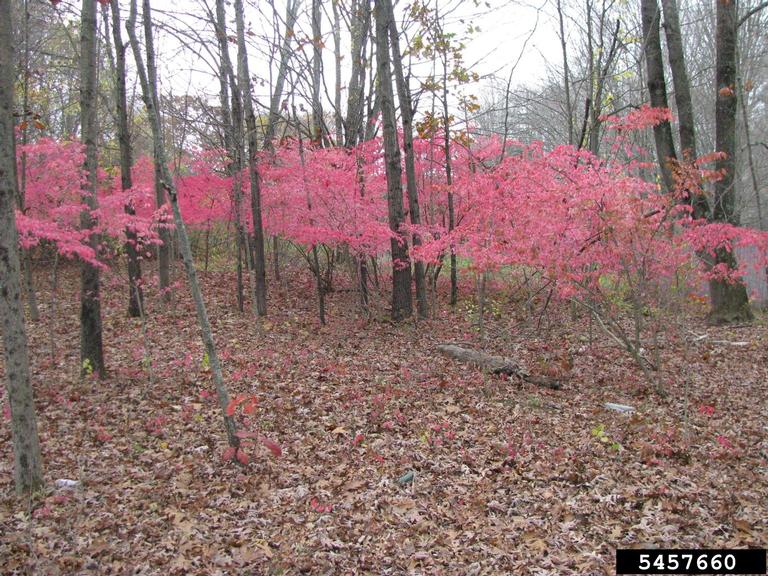
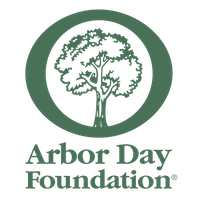 For years, the economic contribution of urban forestry has been lumped together with broader green industry numbers. Several years ago, the Wisconsin DNR took the lead in a Landscape Scale Restoration Grant-funded project for the Northeast-Midwest region looking at the contributions of urban forestry. Regional and state-level reports will be available in Spring 2022.
For years, the economic contribution of urban forestry has been lumped together with broader green industry numbers. Several years ago, the Wisconsin DNR took the lead in a Landscape Scale Restoration Grant-funded project for the Northeast-Midwest region looking at the contributions of urban forestry. Regional and state-level reports will be available in Spring 2022. 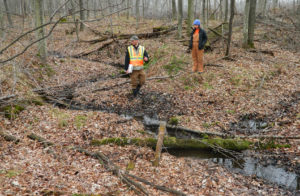 hydrologists – monitor our state’s water quality before, during and after forests are harvested. One is Nolan Kriegel. Through his work in safeguarding one of our major sources of clean water, he serves us all in this important job.
hydrologists – monitor our state’s water quality before, during and after forests are harvested. One is Nolan Kriegel. Through his work in safeguarding one of our major sources of clean water, he serves us all in this important job.